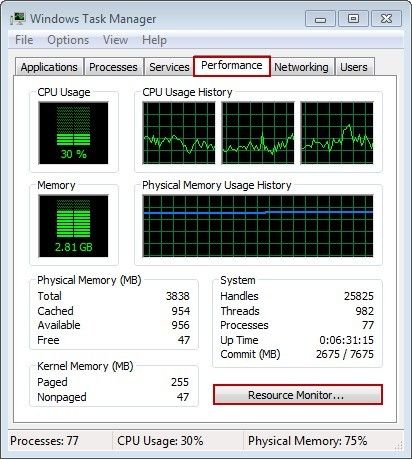

You can configure the connector traffic to go through the outbound proxy, as shown in the following diagram:Īs a result of having only outbound traffic, there's no need to configure inbound access through your firewalls.Īpplication Proxy does not support authentication to other proxies. As a result, bypassing the proxy is not an option.

Some environments require all outbound traffic to go through an outbound proxy, without exception. This file is located at C:\Program Files\Microsoft AAD App Proxy Connector Updater.īe sure to make copies of the original files, in case you need to revert to the default. To ensure that the Connector Updater service also bypasses the proxy, make a similar change to the ApplicationProx圜 file. To disable outbound proxy usage for the connector, edit the C:\Program Files\Microsoft AAD App Proxy Connector\ApplicationProx圜 file and add the section shown in this code sample: We recommend this approach, as long as your network policy allows for it, because it means that you have one less configuration to maintain. You can configure the connector to bypass your on-premises proxy to ensure that it uses direct connectivity to the Azure services. However, connector traffic might still not go through, because of additional configuration settings needed on the proxy. The connector uses this script to select an outbound proxy server. This request becomes the proxy configuration script in your environment. If the lookup resolves in DNS, an HTTP request is then made to the IP address for wpad.dat. The OS components attempt to locate a proxy server by carrying out a DNS lookup for wpad.domainsuffix. These components automatically attempt to locate a proxy server on the network using Web Proxy Auto-Discovery (WPAD).

Bypass outbound proxiesĬonnectors have underlying OS components that make outbound requests.


 0 kommentar(er)
0 kommentar(er)
